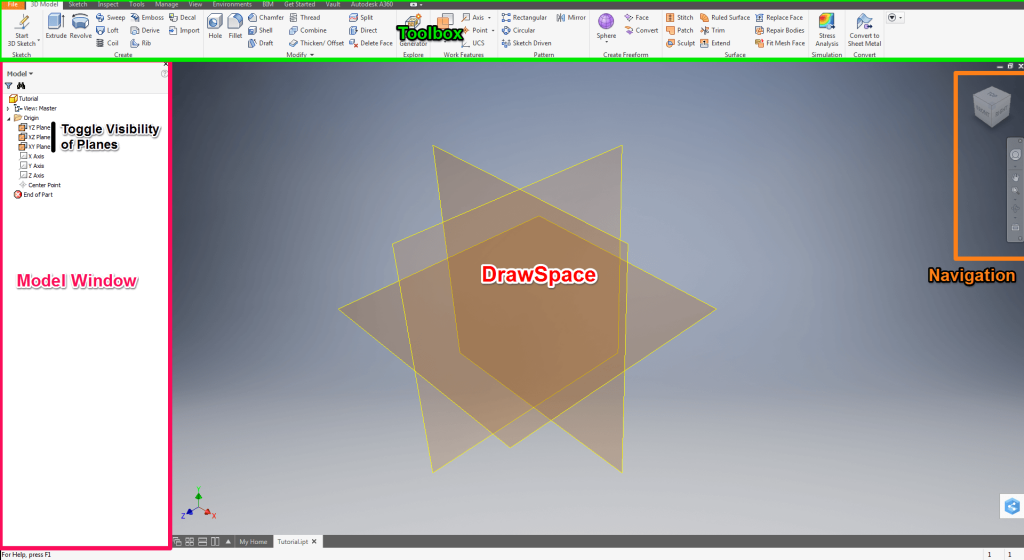


To view an exclusive DEVELOP3D workflow on: LCA analysis of a coffee maker click here While high-end and standalone LCA tools will allow an organisation to select the database and method used for each analysis, designer- or engineer-focussed tools typically do not. It is important to use peer reviewed databases (like EcoInvent) that provide transparent documentation regarding their collection methods.Īssessment methods: Alongside the database source, there are a number of different methods of taking that source data and calculating the environmental impact of a product.Īgain, these vary geographically and in their focus. The range of databases is differentiated by various collection methods with different focuses. They are:ĭatabase sources: This gives the values for environmental impact for each material, associated manufacturing processes, energy, transportation and such. In the LCA process there are two key components to be aware of. This can be confusing for a designer or engineer who is used to working with explicit and well defined data for materials properties. The world of LCA differs from the world of mechanical properties and simulation. This enables the user to understand the beneficial impact of designing for recycling because credits can be gained for reducing the use of virgin material. Unlike other LCA systems, EcoDesigner allows for the specification of percentage recycled content by assembly weight.

Use phase allows input of both useful life (in terms of years) and annual energy consumption. For instance, transportation methods (including plane, boat, truck and rail) can be mixed with approximate distances so a realistic value can be achieved. But, if the additional information is available to hand, it can be added in. The process used to manufacture each part is selected from a list such as cast, machined, injection moulded, sheet rolled and so on.Īt this point, it’s possible to conduct a first pass analysis.


 0 kommentar(er)
0 kommentar(er)
